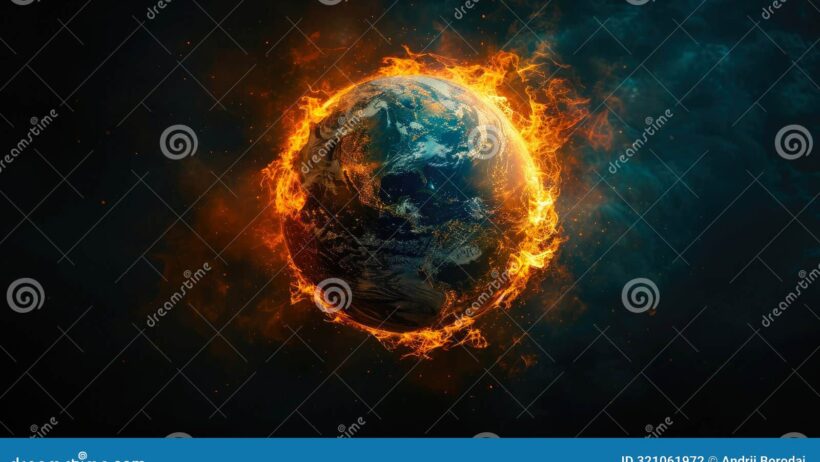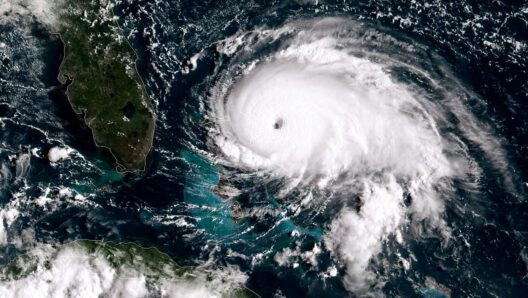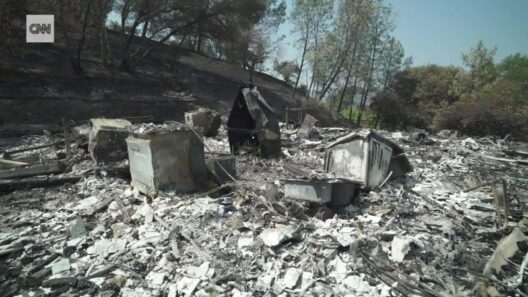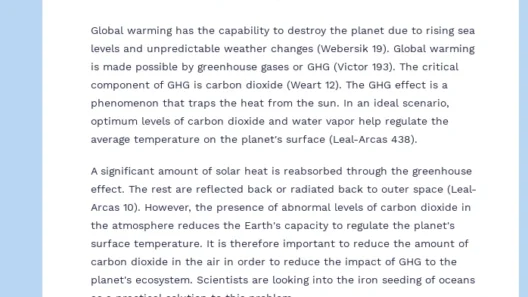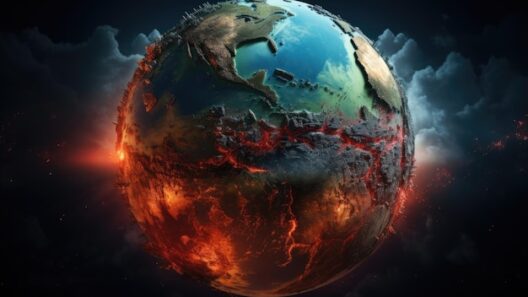Global warming is an ever-looming crisis that affects myriad aspects of life on Earth. Among the most vulnerable are marine creatures, such as sea lions, seals, and sea turtles. This exposition delves into the multifaceted repercussions of climate change on these majestic marine mammals and reptiles, shedding light on the intricate web of connections that form the marine ecosystem.
The Impacts of Temperature Rise
One of the most immediate effects of global warming is the increase in ocean temperatures. As thermoclines shift, the habitats of sea lions and seals are altered significantly. These pinnipeds rely on specific temperature ranges to thrive. In many regions, they are faced with the paradox of either seeking cooler waters further from their traditional locales or adapting to heat-stressed environments. Each of these choices bears consequences.
For example, relocating to cooler waters may facilitate access to prey but additionally exposes these species to new predators and competition, thus disrupting established food webs. Furthermore, marine mammals are reliant on the relationships they build with their environment; changes can result in behavioral modifications that are detrimental to their social structures.
Sea Lion and Seal Populations
Both sea lions and seals are facing challenges related to food availability as global warming alters the distribution of fish species. A rise in sea temperatures tends to shift fish populations to deeper or cooler waters. This displacement directly impacts the foraging habits of marine mammals that depend on these fish for sustenance.
In regions like the North Pacific, warmer waters have led to the decline of preferred prey for sea lions, such as herring and sardines. As a consequence, sea lion populations have exhibited signs of nutritional stress manifested in reproductive failures and declining births. Additionally, the energetic demands of migrating to farther locations for food can take a toll on their physical health, leading to increased mortality rates.
Seal Breeding and Habitat
Seals, often found basking on ice floes, are facing the brunt of diminishing sea ice due to climate change. The loss of ice not only serves as a platform for breeding but also plays a pivotal role in providing a stable environment for their pups. With ice floes melting earlier in the spring and forming later in the autumn, the timing of seal pupping season is severely disrupted. This misalignment can lead to increased predation of seal pups by polar bears and other predators that are also struggling with habitat loss.
Moreover, as seals are forced to move to alternate breeding sites, competition for these new territories intensifies. This variability in habitat can affect long-term population trajectories and decrease genetic diversity, making them more vulnerable to diseases and environmental stressors.
Sea Turtles and Climate Change
The oceans’ gentle giants, sea turtles, are similarly afflicted by climate change. One of the most critical challenges they face is the increase in sea levels, which threatens nesting sites along coastlines. As beaches erode, the availability of suitable laying grounds decreases, which is crucial for species like the loggerhead and green sea turtles.
Furthermore, rising temperatures are skewing the sex ratios of hatchlings. In many turtle species, the temperature of the sand influences the gender of the offspring—warmer sands tend to produce more female turtles. An imbalance could potentially lead to declining breeding populations, threatening the species’ survival.
Coral Reefs: The Underlying Ecosystem
As climate change continues to wreak havoc on coral reefs through increased ocean acidity and thermal stress, the ramifications extend to all marine life. Sea lions, seals, and sea turtles rely on healthy coral reefs for sustenance. As these critical habitats deteriorate, the abundance of prey diminishes, rendering marine predators unable to meet their nutritional needs. Furthermore, the loss of biodiversity due to coral bleaching disrupts the delicate interspecies relationships that are crucial for stability in marine ecosystems.
Conservation Efforts and Solutions
Recognizing the urgent need to address these challenges, numerous conservation strategies are being implemented globally. Protected marine areas have become vital sanctuaries for sea lions, seals, and sea turtles. By restricting human activity in these zones, the recovery and resilience of marine populations can be bolstered.
Moreover, international cooperation is essential to mitigate climate change. Reducing greenhouse gas emissions and promoting sustainable practices are pivotal steps toward safeguarding marine ecosystems. Education and community engagement can also drive grassroots movements that support ocean conservation efforts and raise awareness about the plight faced by marine wildlife.
A Call to Action
The plight of sea lions, seals, and sea turtles serves as an urgent reminder of the escalating impacts of climate change on marine life. Understanding the interconnectedness of all species and their environments is paramount. Each of us has a role to play, whether it’s through advocating for policy changes, supporting conservation initiatives, or altering personal consumption habits to minimize our carbon footprint. The time for action is now. The ocean’s inhabitants are counting on us for their survival.



